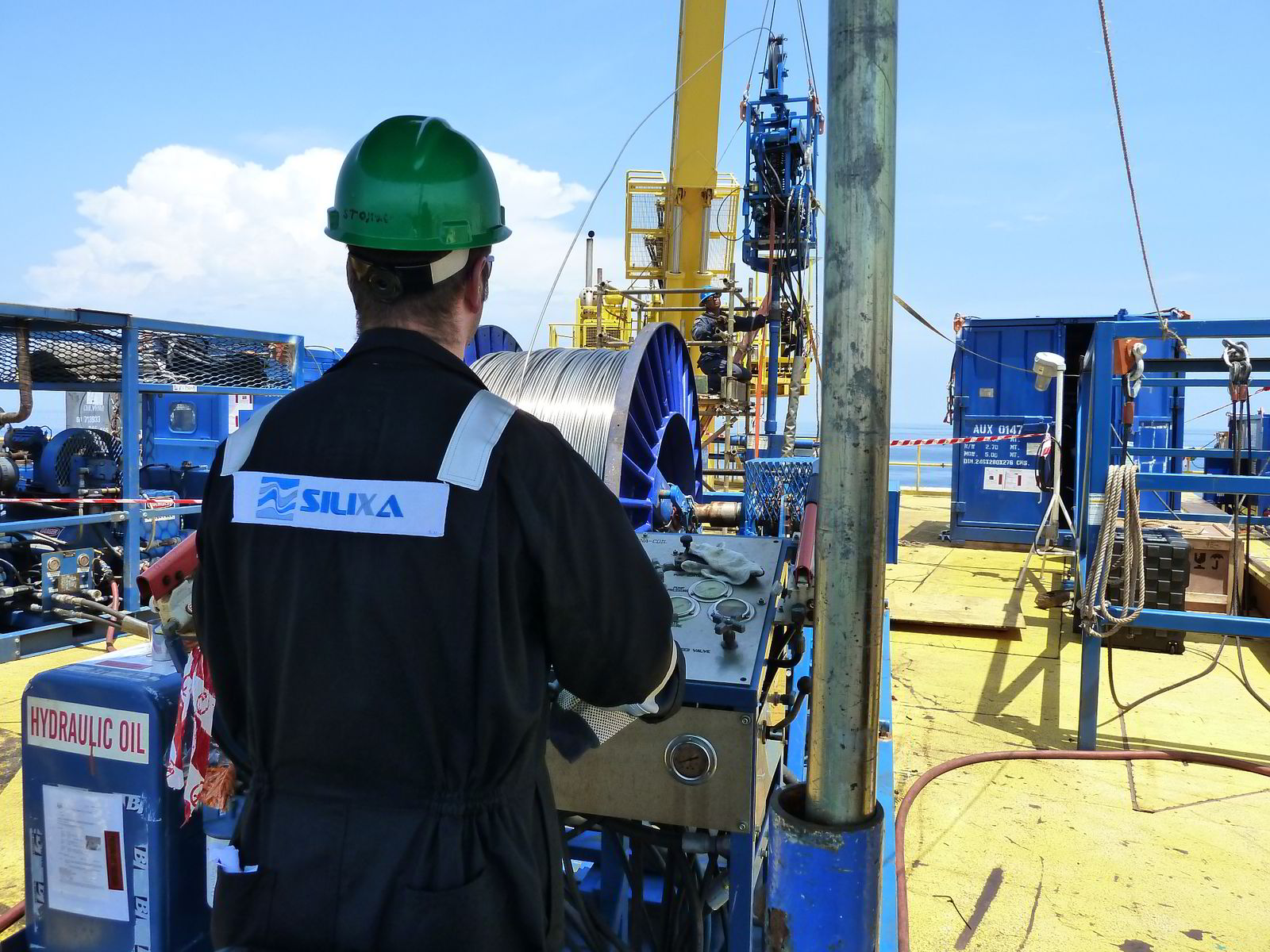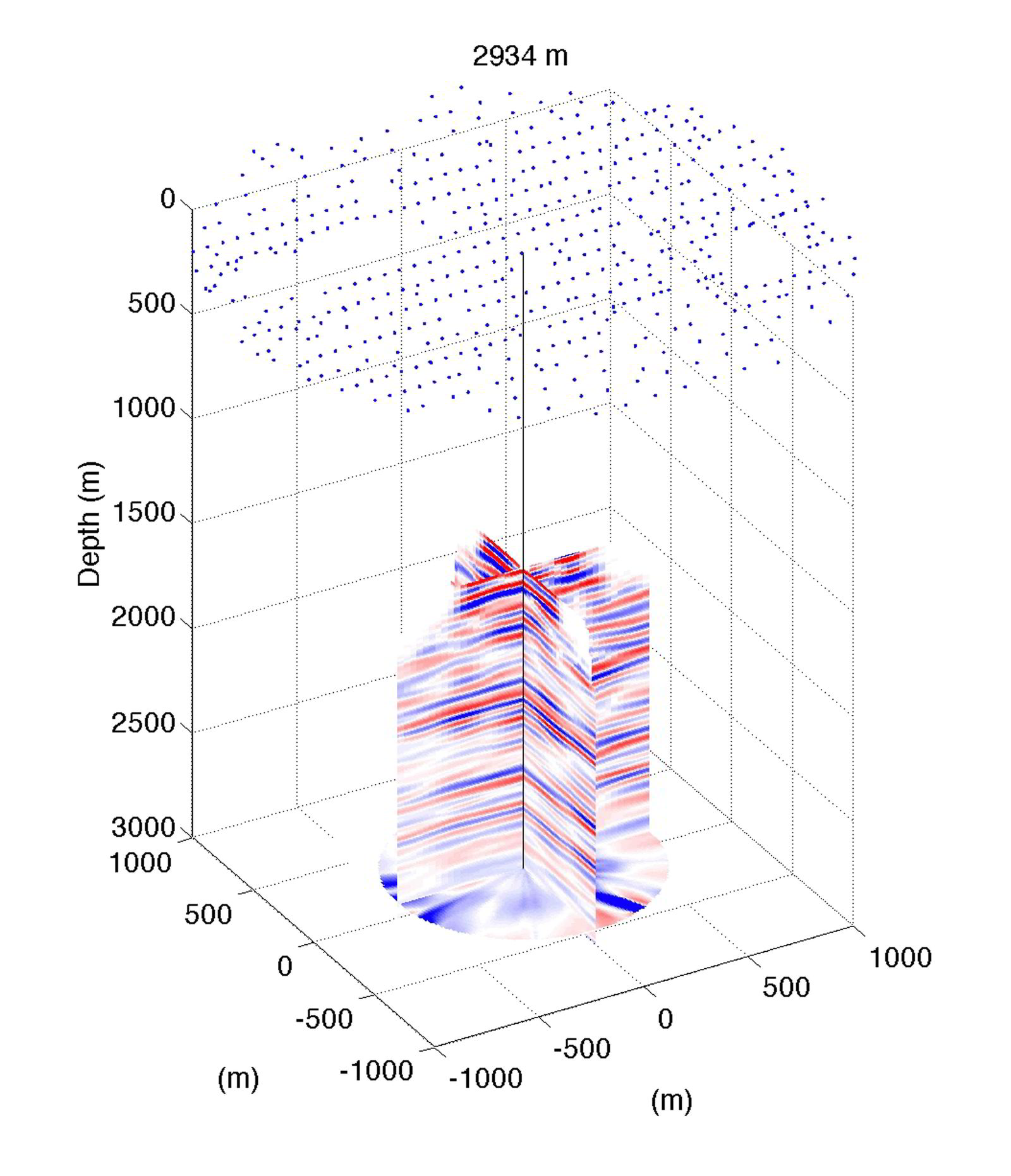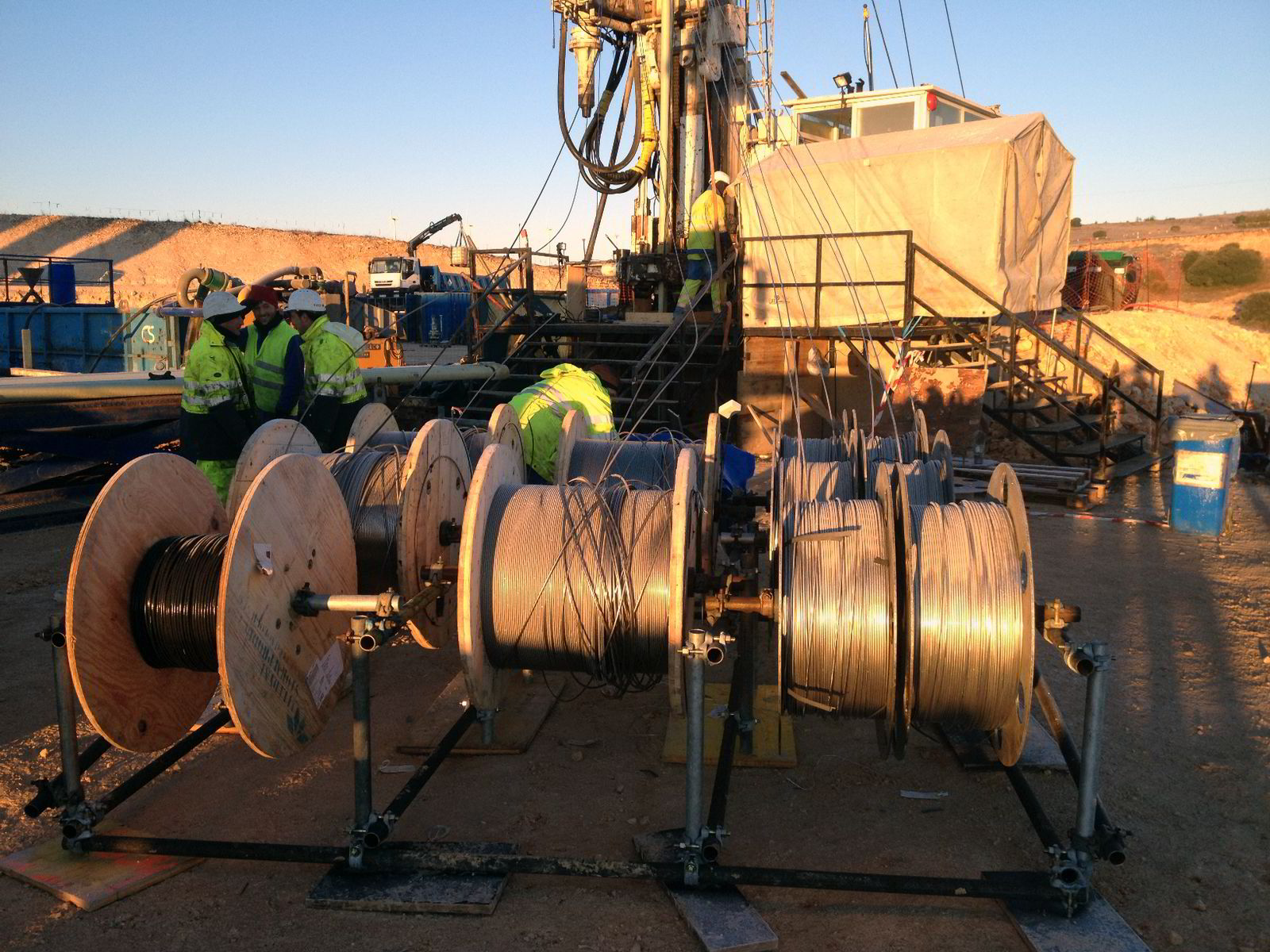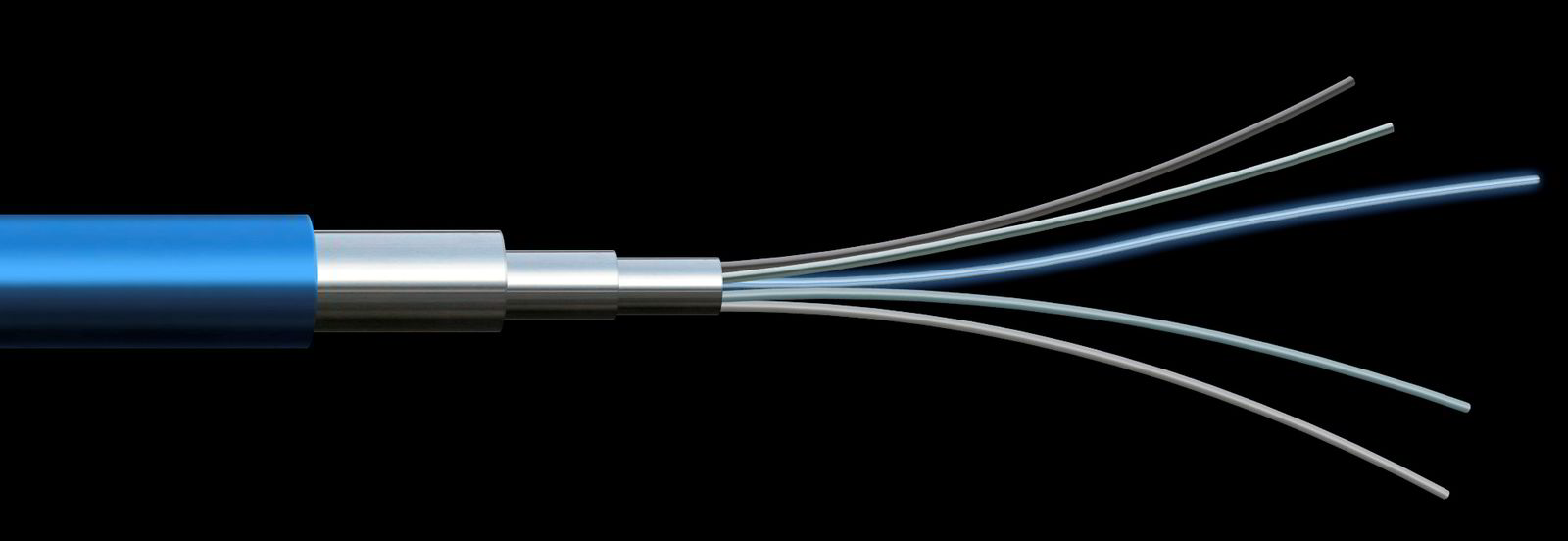Distributed sensing technology enables continuous, real-time measurements along the entire length of a fibre optic cable.
Unlike traditional sensors that rely on discrete sensors measuring at pre-determined points, distributed sensing does not rely upon manufactured sensors but uses the optical fibre, which serves as the sensing element without requiring additional transducers in the optical path.
Distributed sensing is usually used for acquiring temperature and acoustic data, commonly known as distributed temperature sensing (DTS) and distributed acoustic sensing (DAS).
The surface interrogator contains a laser that operates according to a radar-style process - it sends a series of light pulses into the fibre and records the return of the naturally occurring scattered signal against time. The distributed sensor measures all points along the fibre.
“The big advantage of the fibre optics is that the fibre becomes the sensor, hence a cost-effective measuring method that can be easily deployed even in the harshest and most unusual environments,“ says Mahmoud Farhadiroushan, chief executive and founder of Silixa.
As there are no special components, the system can be retrofitted into existing permanent in-well optical fibers.
“There’s no other technology that could give as much information with that precision so simply and at so many points,” he says.
Such information provides a better understanding of the dynamic behaviour of production and can help operators find problems.
Taking measurements
When using DTS, it is possible to accurately measure the inflow of gas into a wellbore, identifying which zone is producing and whether a zone is depleted.
Using a system like Silixa’s iDAS makes it possible to listen to the well itself, providing real-time production monitoring in addition to well integrity data.
“You can see where is water coming from. You can get good, full information about the subsurface,” he says. “No other technology could enable you to get so much data subsurface.”
The iDAS can be used for seismic profiling to create seismic imaging. If the system is retrofitted to existing cables, it is possible to perform high-accuracy repeat seismic without interrupting production or risking infrastructure by introducing invasive equipment. Farhadiroushan calls it an equivalent to geophones.
He sees the seismic aspect as being a cost-effective application that can be useful for life-of-well situations. It could be the equivalent of 4D or time-lapse seismic, he adds. “It’s all in how you use it.”

Fibre optics are not new to the downhole environment. Such cables have been in use for more than 20 years and are still operational, he notes. The technology can also be deployed in other environments, such as on pipelines for leak detection or metering flow rates, as DAS can measure the vibration caused by fluid flowing through pipes.
Oil companies have begun indicating interest in putting fibre optics downhole, he says. Fibre optics embedded within wireline cables can be used for re-entry into old wells.
Silixa developed an engineered fibre optics cable that can be used in wireline cables. Where there are complex completions with both upper and lower levels, an optical wet connect can join the fibre from the lower completion with that of the upper completion, placing the fibre optic across all the producing zones
Farhadiroushan acknowledges the connector is expensive but says it is a cost-effective solution to deploy the cables in newly-drilled wells to ensure integrity monitoring for the life of the well.
Engineered offering
Silixa has commercialised an engineered fibre optic cable called Constellation, which the company says creates brighter scatter centres, thereby sending more optical energy back to the surface interrogator.
“We engineered the cable by understanding its properties and enhancing the ones you want for sensing,” Farhadiroushan says. “In (telecommunications), they’re trying to get as much light as possible from A to B. They try to reduce the scattering process. We want more scattering without compromising the transmission of the light.”
The goal was to make the cable more functional by improving the fibre optics to get better signal return, allowing for better measurements.
“We have improved the signal-to-noise ratio by a hundred times,” Farhadiroushan says. “With this, we can now start recording well activity that was too quiet before, such as low production zones.”
The Constellation fibre works with Silixa’s proprietary Carina Sensing System, which the company says has an improved performance with lower noise response compared to systems that do not have engineered cable.
For example, he says, using the Constellation fibre in an offshore wellbore can reduce the source effort to acquire seismic by a factor of hundreds, making it possible to get “high-quality seismic images even with a smaller source”.
If so combined, he says, smaller boats and guns could be used to acquire the seismic. Farhadiroushan says Constellation fibre has been used in some seismic trials off Canada and has been shown to have better amplitude consistency together with a 20db noise reduction.
The next step in fibre optic technology, he believes, is around nano-structure fibre and multi-core fibres.
“New fibres are already coming out with enhanced optical and mechanical properties. Nano-structured fibre is such an example, and very exciting,” he says.
“Nano-structured fibre could have interesting optical properties that extend optical measurements. Mechanical could give protection. For multi-core fibres, one new fibre could be 10 current fibres in one.”




